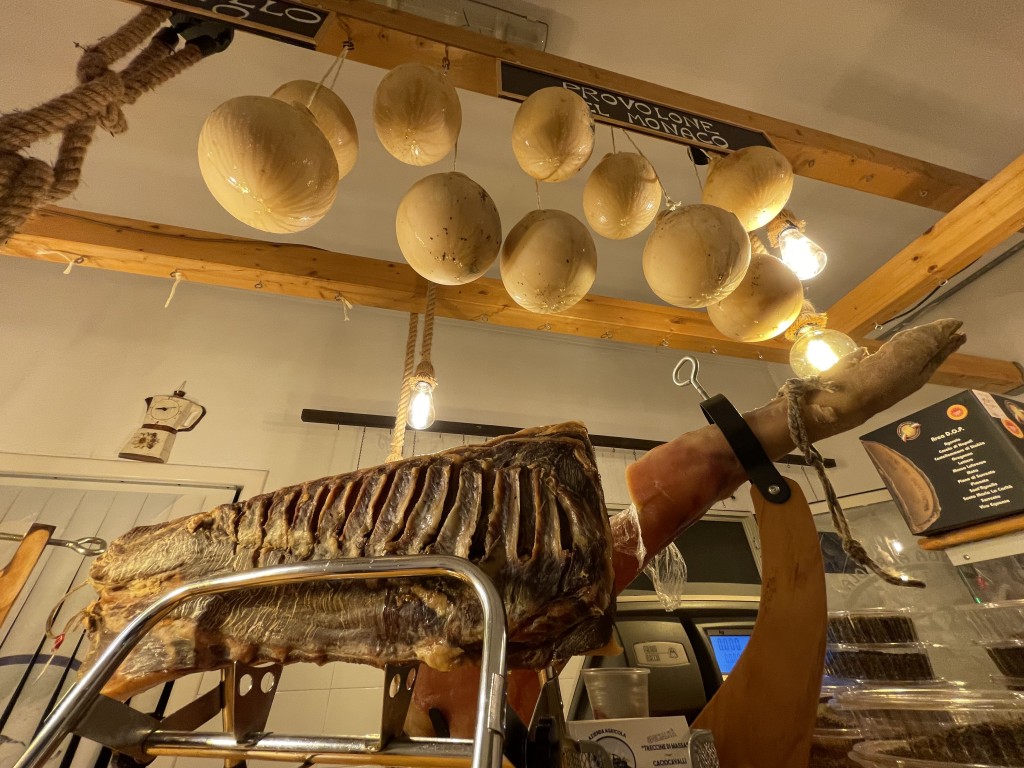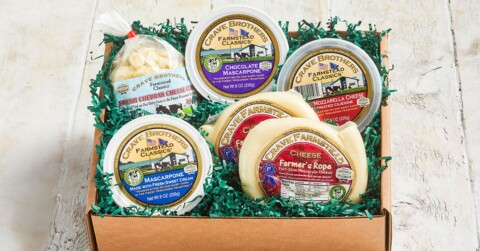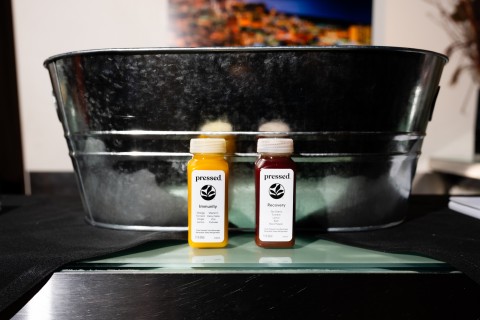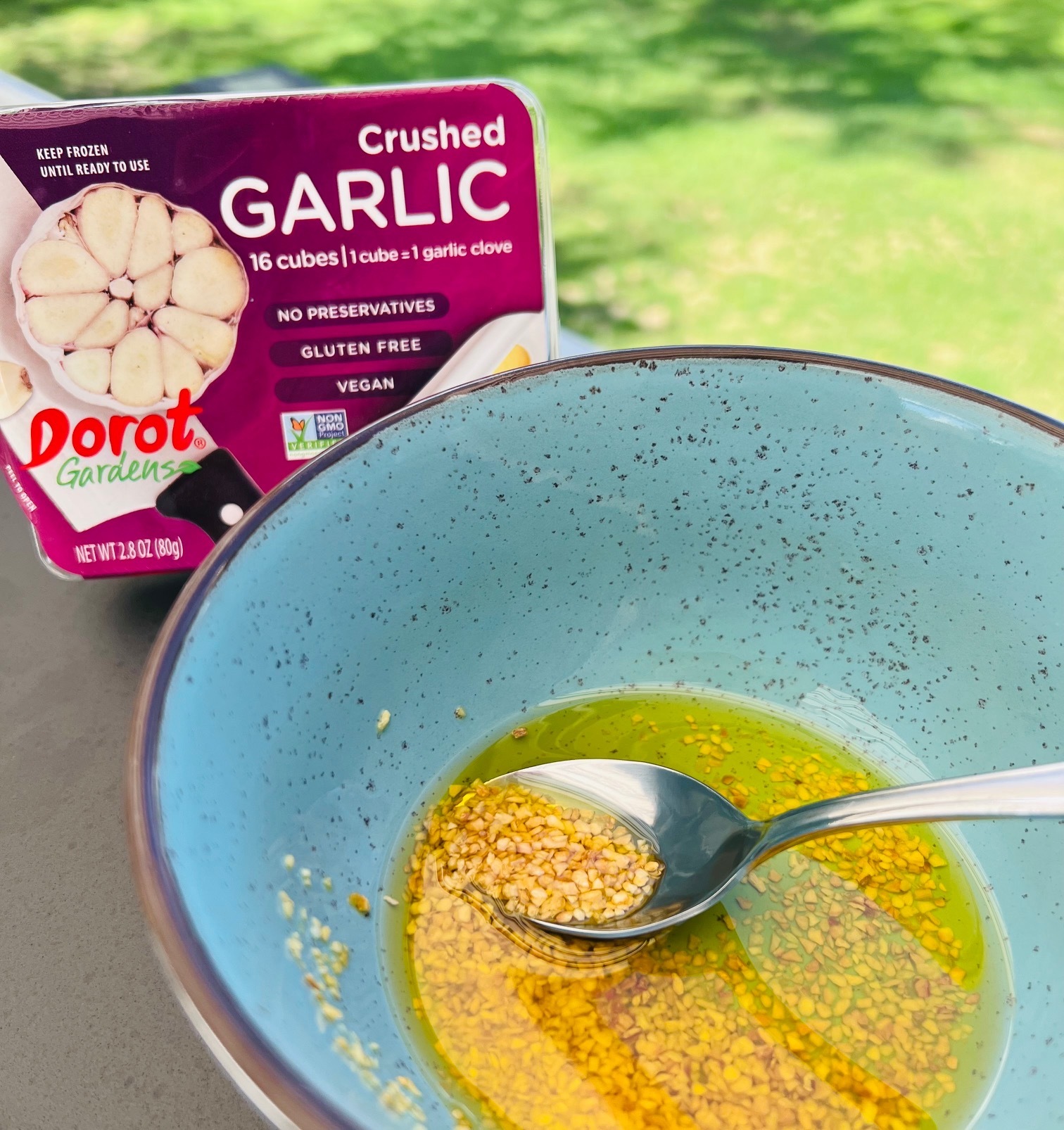Italy is a country with an agricultural vocation where the production of milk and its transformation into cheese have always played a central role in the nutrition of every family, in particular the less wealthy ones. This has meant that a deeply rooted dairy culture has developed throughout the peninsula.
There are approximately 487 types of cheeses in Italy and they can be classified in different ways: depending on the milk used, the fat content, the consistency of the paste, the type of rind they are made of and the maturing process.
Here is a brief explanation.
Based on the type of milk used you have:
Cow’s milk cheeses
Pecorino cheeses with sheep’s milk
Goat cheeses with goat’s milk
Buffalo cheeses with buffalo milk
Mixed cheeses when they are produced with milk type mixtures
Based on the heat treatment of the milk we have:
Raw milk cheeses, such as Parmigiano Reggiano
Pasteurized milk cheeses, such as Gorgonzola or Squacquerone di Romagna
Based on the consistency of the pasta, which we will see below, we have:
Soft cheeses
Semi-hard cheeses
Hard cheeses
Based on the fat content we have:
Fatty cheeses, for example Bitto, Dolomiti or Casolet
Semi-fat cheeses, such as Asiago
Low-fat cheeses, such as ricotta
Based on the pasta processing temperature we have:
Raw cheeses, such as robiola or Taleggio
Semi-cooked cheeses, such as Fontina
Cooked cheeses, for example Montasio, Piave or Bitto
Based on the pasta manufacturing process we have:
Blue cheeses, such as Gorgonzola
Stretched curd cheeses, such as mozzarella, scamorza and Caciocavallo
Pressed cheeses, such as Canestrato from Puglia or Raschera
Melted cheeses, such as thin cheeses
Depending on the type of crust you will have:
Flowery rind cheeses, such as Brie, Camembert
Washed rind cheeses, such as Taleggio
Smoked cheeses
Based on the maturing times you will have:
Fresh cheeses, such as crescenza and goat’s cheeses
Medium-mature cheeses
Slowly ripened cheeses
Soft cheeses
Soft cheeses are those whose water content exceeds 45%. Therefore, during production, the curd was not subjected to heating or pressure, obtaining a soft and smooth cheese even when fully matured and therefore with a relatively high water content, between 45% and 70%. They are usually lightly matured cheeses.
Among these we find Stracchino, Crescenza, Quartirolo, Mozzarella, Gorgonzola, Casatella, Formaggella, Squacquerone and Caciotta
Here are some examples of typical cheeses produced in specific regions of Italy
- Lombardy: Gorgonzola
Gorgonzola is a famous blue cheese originating from the northern region of Lombardy. It comes in two varieties: Gorgonzola Dolce (sweet and creamy) and Gorgonzola Piccante (strong and crumbly).
- Piedmont: Castelmagno
Castelmagno is a PDO (Protected Designation of Origin) cheese produced in the alpine region of Piedmont. It is a semi-hard cheese with a strong flavor and is often used in traditional Piedmontese recipes.
- Veneto: Asiago
Asiago is a cow’s milk cheese produced primarily in the Veneto region. It comes in two varieties: Asiago Pressato (young and mild) and Asiago d’Allevo (aged and flavorful).
- Emilia-Romagna: Parmigiano-Reggiano
Parmigiano-Reggiano, often referred to as the “King of Cheeses,” is a hard, granular cheese produced in the Emilia-Romagna region. It has a rich, nutty flavor and is widely used in Italian cuisine.
Provolone: It is the string cheese with a greater variety of shapes and weight than any other dairy product. However, the four typical shapes are: salami, melon/pear, truncated cone and flask.
The two main types are: sweet with the use of calf rennet and maturation no longer than 2/3 months.
Spicy with use of kid rennet paste aged from three months to a year
Both of these variants can be smoked, generating interesting combinations of flavor and aroma. The larger wheels are matured for longer, even for more than a year
- Tuscany: Pecorino Toscano
Pecorino Toscano is a sheep’s milk cheese from Tuscany. It has a firm texture and a savory, slightly salty taste. It is often enjoyed on its own or grated over pasta dishes.
- Lazio: Pecorino Romano
Pecorino Romano is a hard, salty sheep’s milk cheese originating from the Lazio region. It has a tangy flavor and is a key ingredient in classic Roman dishes like cacio e pepe.
- Campania: Buffalo Mozzarella
Buffalo Mozzarella, made from the milk of water buffaloes, is a staple in the Campania region. It is known for its soft, creamy texture and is often used in Caprese salads and Neapolitan pizza.
Puglia: Mozzarella fior di latte
Made from exclusively from cow milk of this region, this mozzarella is rich in flavor and it has a unique milky taste when eaten raw. It’s often combined with tomatoes for a delicious caprese, it is also cooked for a delicious chicken dish and used as topping on a pizza or inside a panzerotto.
- Calabria: Caciocavallo
Caciocavallo is a semi-hard cheese produced in various Southern Italian regions, including Calabria. It has a smooth texture and is often used in cooking or enjoyed on its own.
- Sicily: Pecorino Siciliano
Pecorino Siciliano is a sheep’s milk cheese from Sicily. It has a strong, tangy flavor and a crumbly texture. It is used in Sicilian cuisine, especially in pasta dishes and salads.
- Sardinia: Fiore Sardo
Fiore Sardo is a traditional sheep’s milk cheese from Sardinia. It has a smoky flavor due to the use of fire-dried molds during the aging process. The cheese is often enjoyed on its own or grated over dishes.
The role of cheese in Italian culinary traditions and celebrations
Cheese as a symbol of regional identity, many stories and legends are associated with specific Italian cheeses, one of my favorite it involves one of the greatest inventor of all time:
Leonardo da Vinci.
Leonardo Da Vinci was a genius of the Renaissance, with a strong talent in every field and among these the kitchen could not be missing. His mother Caterina, married an old retired pastry chef, who teaches Leonardo about sweets and prepare them. Having arrived in Milan, at the Sforza court his good taste for the table and his style did not escape Ludovico il Moro who commissioned him to direct the court banquets. Leonardo Da Vinci, as a good inventor, thought of using the technology to improve dishes and he did so by applying it in the castle kitchens of the Sforza family through the use of machinery and tools for peeling, chopping, slicing.
In 1489 in the town of Tortona, at the time under the Duchy of Milan, there was the banquet for the wedding between Isabella D’Aragona and Gian Galeazzo Sforza, nephew of Ludovico il Moro, Duke of Milan. According to the latest studies on the subject, the noble bride was “La Gioconda”, she posed for the famous painting also called Mona Lisa.
The exceptional master of ceremonies of the banquet was indeed Leonardo da Vinci, and it was precisely his extraordinary genius to include the Montèbore cheese as the master piece for the ceremony which for this occasion he gave a wedding cake shape. A rare cheese made from raw cow’s and sheep’s milk. The name of this cheese Montebore, comes from a small town in Val Curone, on the watershed between the valleys of the Grue torrent and the Borbera river. For centuries produced and exported to Genoa and Lombardy, practically all traces of it had been lost. In 1999 the Slow Food Presidium tracked down Carolina Bracco, the last custodian of the traditional dairy technique, recovering the ancient processing technique, which has now been passed on to the producer Roberto Grattone of the Cooperativa Vallenostra. The precious recipe is now in the exclusive hands of Grattone and his wife Agata Marchesotti: «We are the only producers in the world». It is impossible not to thank the visionary thinking of Leonardo da Vinci in the recovery of this tasty tradition.
In the past, cheese production in Italy was often characterized by small-scale, artisanal methods. Different regions developed their own unique cheese varieties using traditional techniques that were passed down through generations. These methods focused on using locally sourced milk and natural ingredients.
With the advent of industrialization and globalization, there was a shift towards more standardized and commercialized cheese production. Large-scale factories began to produce cheeses in larger quantities, often sacrificing some of the traditional artisanal qualities. This led to concerns about the loss of regional diversity and unique flavors.
In response to concerns about maintaining the authenticity and quality of Italian cheeses, the government introduced various quality regulations. The Protected Designation of Origin (PDO) and Protected Geographical Indication (PGI) labels were established to protect traditional products and ensure they were produced in specific regions using traditional methods. These designations help consumers identify and appreciate authentic Italian cheeses.
Technology has played a role in improving efficiency and quality in cheese production. Modern equipment and techniques, such as automated milking machines and temperature-controlled storage, have been integrated into the industry to enhance productivity while maintaining quality.
In recent years, there has been a growing awareness of the environmental impact of agriculture and food production, including cheese production. Many Italian cheese producers are adopting more sustainable practices, infact some cheese producers have transitioned to organic farming practices, avoiding synthetic pesticides and fertilizers.
Efforts to reduce energy consumption and greenhouse gas emissions in cheese production processes include strategies to reduce waste, such as using by-products for other purposes or composting.
Ongoing research and innovation in the field of agriculture and dairy science contribute to more sustainable cheese production. This includes exploring alternative energy sources, developing more eco-friendly packaging, and finding ways to optimize resource use in the production process.
It’s important to note that the specific changes can vary among different cheese varieties and producers. The focus on sustainability in the Italian cheese industry reflects broader global trends towards environmentally conscious and socially responsible practices in food production.
I hope you enjoyed this journey into the world of Italian cheeses, as always I encourage you to let me know if you have suggestions or food related topics you want to know more about, so write me at attilio.borra@fbmagazine.co,.
As always until next time, I see you in the Kitchen.
Attilio Borra








